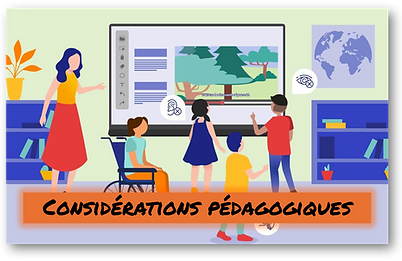EARLY LITERACY PROFILE (ELP)
PHONOLOGICAL AWARENESS
Young learners must understand that words are made up of discrete sounds before they can use a knowledge of sound-spelling relationships to decode words. Many children come to school thinking of words as whole units --- cat, dog, run. Before they can learn to read, children must realize that these words can be broken into smaller units --- and sounded out.
It can be easy to feel overwhelmed by the many terms related to early literacy, especially when they seem so similar, like phonological awareness, phonemic awareness, and phonics. But taking the time to understand each concept is incredibly worthwhile — it allows you to more precisely assess where each learner is on their journey and to tailor your instruction to build the essential skills needed for fluent reading.
Watch the following video to understand the similarities and differences of each of these concepts
Phonological Awareness is a foundational skill that involves the ability to recognize and manipulate the sounds within our spoken language. It’s all about "ear skills" and includes everything from recognizing rhymes to blending syllables and segmenting sentences. Think of it as an umbrella term that covers a range of sound-related skills, from identifying whole words to breaking down individual sounds.
[Phonological Awareness is a precursor to Phonics]
This skill usually begins around age 3 and should be well-established by age 8. Key skills in this area follow a developmental continuum: Rhyming → Alliteration → Sentence Segmenting → Blending and Segmenting Syllables → Phonemic Awareness.

Phonemic Awareness is the most advanced level within phonological awareness. It zeroes in on the smallest units of sound — phonemes — and includes the ability to separate, blend, and manipulate sounds within words. This skill is crucial as it helps learners understand that words are made up of individual sounds, a necessary step before they can effectively map those sounds to letters.
The developmental steps of phonemic awareness include Phoneme Identity → Phoneme Isolation → Phoneme Blending & Segmenting → Phoneme Deletion, Addition, and Substitution → Phonics.
Click the circles in the image below to learn more about each of these skills
Phonics, meanwhile, builds on phonemic awareness by introducing print. It’s the process of connecting sounds to letters and using that knowledge to decode written language. Phonics relies on the foundation set by phonemic awareness and serves as the bridge between oral language (what children hear) and written language (what they read).

By understanding each of these concepts more clearly, you can more effectively support your learners at each stage of their literacy development.
Phonological Awareness assessments in the Early Literacy Profile / Profil de la littératie















